-
 Bitcoin
Bitcoin $116300
2.01% -
 Ethereum
Ethereum $3815
5.35% -
 XRP
XRP $3.071
4.46% -
 Tether USDt
Tether USDt $1.000
0.02% -
 BNB
BNB $776.2
1.67% -
 Solana
Solana $173.0
5.70% -
 USDC
USDC $0.9999
0.00% -
 TRON
TRON $0.3389
1.14% -
 Dogecoin
Dogecoin $0.2125
5.92% -
 Cardano
Cardano $0.7627
5.16% -
 Hyperliquid
Hyperliquid $39.00
4.42% -
 Stellar
Stellar $0.4122
5.07% -
 Sui
Sui $3.654
7.22% -
 Chainlink
Chainlink $17.31
5.47% -
 Bitcoin Cash
Bitcoin Cash $582.2
4.28% -
 Hedera
Hedera $0.2521
3.53% -
 Ethena USDe
Ethena USDe $1.001
0.01% -
 Avalanche
Avalanche $22.77
3.47% -
 Litecoin
Litecoin $119.6
2.53% -
 UNUS SED LEO
UNUS SED LEO $8.944
-0.49% -
 Toncoin
Toncoin $3.288
3.95% -
 Shiba Inu
Shiba Inu $0.00001261
3.78% -
 Uniswap
Uniswap $10.12
5.80% -
 Polkadot
Polkadot $3.761
4.23% -
 Dai
Dai $1.000
-0.01% -
 Monero
Monero $285.1
-2.37% -
 Bitget Token
Bitget Token $4.387
1.43% -
 Cronos
Cronos $0.1476
5.88% -
 Pepe
Pepe $0.00001080
4.75% -
 Ethena
Ethena $0.6374
11.58%
How to open a contract on Gate.io? Introduction to Gate.io perpetual contract trading
Gate.io offers a variety of perpetual contracts for trading, allowing users to speculate on crypto prices without expiration dates.
Jun 05, 2025 at 07:49 am
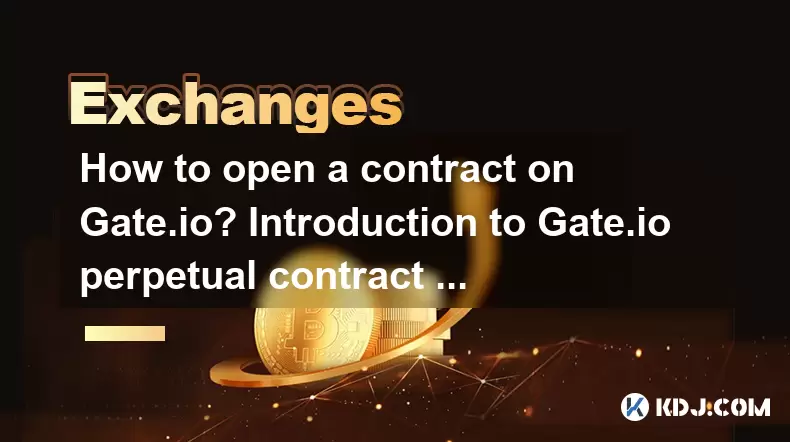
Gate.io is a well-established cryptocurrency exchange that offers a variety of trading products, including perpetual contracts. Perpetual contracts are a type of derivative that allows traders to speculate on the future price of an asset without an expiration date. In this article, we will guide you through the process of opening a contract on Gate.io and provide an introduction to perpetual contract trading on this platform.
Understanding Perpetual Contracts on Gate.io
Perpetual contracts on Gate.io are designed to mimic the price movements of the underlying asset. They allow traders to take long or short positions, betting on whether the price of the asset will rise or fall. Unlike traditional futures contracts, perpetual contracts do not have an expiration date, which means traders can hold their positions indefinitely.
Gate.io offers a wide range of perpetual contracts, covering major cryptocurrencies like Bitcoin (BTC), Ethereum (ETH), and many others. Each contract has its own specifications, such as leverage, funding rates, and trading hours, which traders need to be aware of before opening a position.
Preparing to Trade Perpetual Contracts
Before you can open a contract on Gate.io, you need to ensure that you have completed the following steps:
Register and Verify Your Account: If you haven't already, sign up for a Gate.io account and complete the necessary verification processes. This typically involves providing personal information and submitting identification documents.
Deposit Funds: You will need to deposit funds into your Gate.io account to trade perpetual contracts. Gate.io supports a variety of deposit methods, including bank transfers and cryptocurrency deposits. Make sure to deposit enough funds to cover your desired trading position and any potential losses.
Understand the Risks: Trading perpetual contracts involves significant risk, including the potential for substantial losses. It's crucial to understand the mechanics of perpetual contracts and the risks involved before you start trading.
Opening a Contract on Gate.io
Once you have completed the preparation steps, you can proceed to open a contract on Gate.io. Here's a detailed guide on how to do it:
Navigate to the Perpetual Contracts Section: Log in to your Gate.io account and go to the "Futures" section. From there, select "Perpetual Contracts" to access the list of available contracts.
Choose a Contract: Browse through the list of available contracts and select the one you want to trade. Each contract will display key information such as the underlying asset, leverage, and current price.
Set Your Order Parameters: Once you have chosen a contract, you will need to set your order parameters. This includes deciding whether you want to take a long or short position, setting the amount you want to trade, and selecting the leverage you want to use.
Place Your Order: After setting your order parameters, click on the "Buy/Long" or "Sell/Short" button to place your order. You can choose between different order types, such as market orders or limit orders, depending on your trading strategy.
Monitor Your Position: Once your order is filled, you will have an open position in the perpetual contract. It's important to monitor your position closely and be prepared to adjust or close it based on market conditions.
Managing Your Perpetual Contract Position
After opening a contract on Gate.io, you need to actively manage your position to maximize your potential profits and minimize your losses. Here are some key aspects of managing a perpetual contract position:
Monitoring the Funding Rate: The funding rate is a mechanism used to ensure that the price of the perpetual contract remains close to the price of the underlying asset. Traders with long positions pay the funding rate to traders with short positions, and vice versa. It's important to monitor the funding rate and understand how it can impact your position.
Adjusting Your Leverage: Gate.io allows you to adjust the leverage on your position at any time. Increasing your leverage can amplify your potential profits, but it also increases your risk of liquidation. Conversely, decreasing your leverage can help reduce your risk but may limit your potential profits.
Setting Stop-Loss and Take-Profit Orders: To manage your risk effectively, you can set stop-loss and take-profit orders on your position. A stop-loss order will automatically close your position if the price moves against you beyond a certain level, helping to limit your losses. A take-profit order will close your position when the price reaches a certain level, allowing you to lock in your profits.
Closing Your Position
When you are ready to close your position, you can do so by placing an order in the opposite direction of your current position. For example, if you have a long position, you would place a sell order to close it. Here's how to close your position on Gate.io:
Navigate to Your Open Positions: Go to the "Positions" tab in the perpetual contracts section to view your open positions.
Select the Position You Want to Close: Choose the position you want to close from the list of your open positions.
Place a Closing Order: Click on the "Close Position" button and select the order type you want to use. You can choose between a market order, which will close your position at the current market price, or a limit order, which will close your position at a specific price you set.
Confirm Your Order: Review your order details and click on the "Confirm" button to submit your closing order. Once your order is filled, your position will be closed, and any profits or losses will be realized.
Frequently Asked Questions
Q: Can I trade perpetual contracts on Gate.io with a mobile app?
A: Yes, Gate.io offers a mobile app for both iOS and Android devices, which allows you to trade perpetual contracts on the go. The app provides a user-friendly interface and access to all the features available on the desktop version of the platform.
Q: What happens if my perpetual contract position gets liquidated?
A: If your position gets liquidated, it means that the price of the contract has moved against you to the point where your margin balance is no longer sufficient to maintain the position. In this case, Gate.io will automatically close your position to prevent further losses. Any remaining funds in your account will be available for withdrawal or use in other trades.
Q: Are there any fees associated with trading perpetual contracts on Gate.io?
A: Yes, Gate.io charges several types of fees for trading perpetual contracts, including trading fees, funding fees, and liquidation fees. The specific fees you will be charged depend on your trading volume, the type of contract you are trading, and other factors. It's important to review the fee structure on Gate.io's website before you start trading.
Q: Can I use a demo account to practice trading perpetual contracts on Gate.io?
A: Gate.io does not currently offer a demo account for trading perpetual contracts. However, you can start trading with a small amount of funds to gain experience and familiarize yourself with the platform before committing larger amounts of capital.
Disclaimer:info@kdj.com
The information provided is not trading advice. kdj.com does not assume any responsibility for any investments made based on the information provided in this article. Cryptocurrencies are highly volatile and it is highly recommended that you invest with caution after thorough research!
If you believe that the content used on this website infringes your copyright, please contact us immediately (info@kdj.com) and we will delete it promptly.
- IREN Overtakes: A New King in the Bitcoin Miner Hashrate Race?
- 2025-08-07 16:31:29
- Memecoins Mania: Whales Eye Pepe Dollar (PEPD) as Bonk Cools Off, While MoonBull Hogs the Spotlight!
- 2025-08-07 16:51:17
- Unilabs, PEPE, and Investment Risk: Navigating the Crypto Hype
- 2025-08-07 16:31:29
- Meme Coin Mania: Rug Pulls, CZ-Inspired Tokens, and the Wild West of Crypto
- 2025-08-07 16:57:14
- HashFlare Founders Face the Music: Jail Time Looms?
- 2025-08-07 14:30:12
- Pepeto's Pounce: Meme Coin Mania Meets Blockchain Infrastructure
- 2025-08-07 15:10:12
Related knowledge

How to deposit USD on Bitstamp
Aug 07,2025 at 05:18pm
Understanding Bitstamp and USD DepositsBitstamp is one of the longest-standing cryptocurrency exchanges in the industry, offering users the ability to...
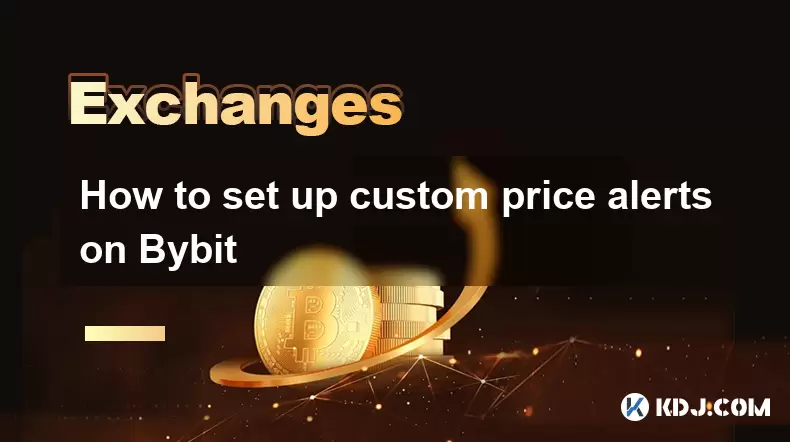
How to set up custom price alerts on Bybit
Aug 07,2025 at 04:31pm
Understanding Price Alerts on BybitPrice alerts on Bybit are essential tools for traders who want to stay informed about significant price movements i...
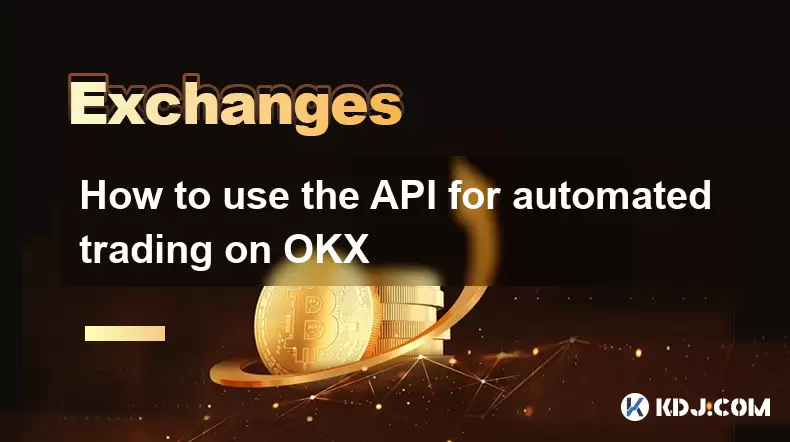
How to use the API for automated trading on OKX
Aug 07,2025 at 05:21pm
Understanding the OKX API for Automated TradingThe OKX API provides a powerful interface for users to automate their trading strategies, access real-t...
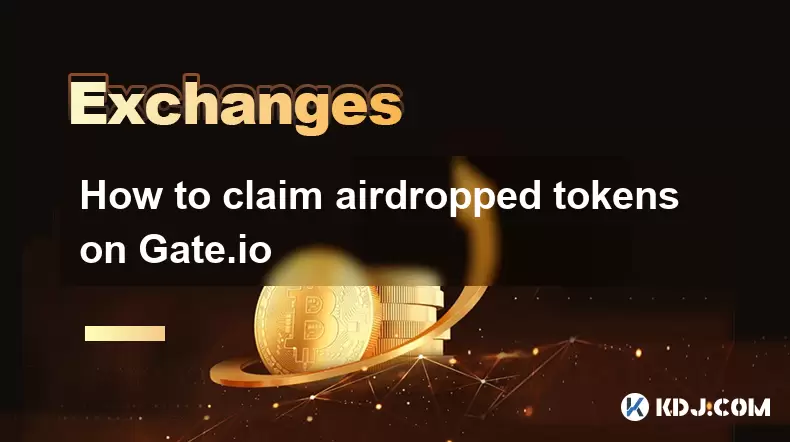
How to claim airdropped tokens on Gate.io
Aug 07,2025 at 04:01pm
Understanding Airdropped Tokens on Gate.ioAirdropped tokens are digital assets distributed for free by blockchain projects to promote awareness, incen...
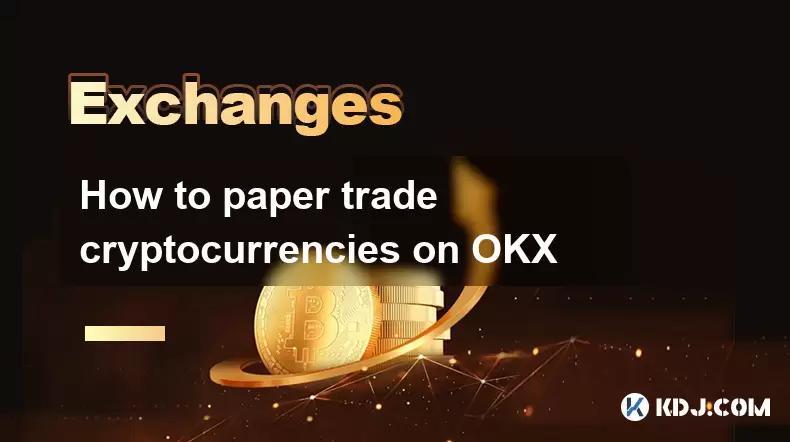
How to paper trade cryptocurrencies on OKX
Aug 07,2025 at 06:01pm
Understanding Paper Trading in the Cryptocurrency ContextPaper trading, also known as simulated or virtual trading, allows users to practice buying an...
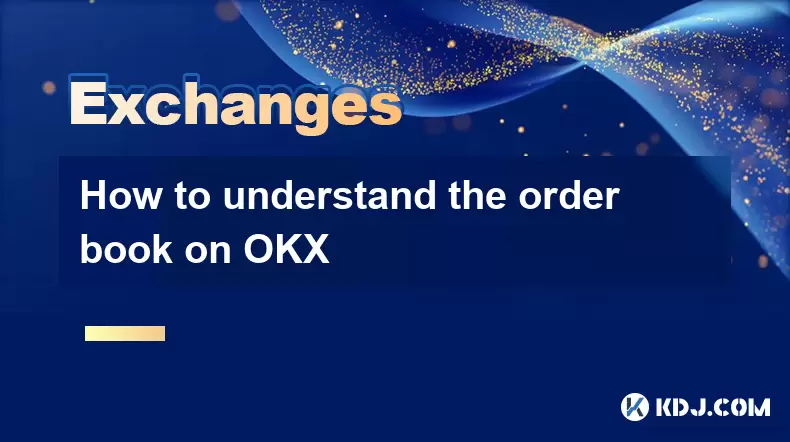
How to understand the order book on OKX
Aug 07,2025 at 03:49pm
What Is an Order Book on OKX?The order book on OKX is a real-time, dynamic list of all open buy and sell orders for a specific cryptocurrency trading ...

How to deposit USD on Bitstamp
Aug 07,2025 at 05:18pm
Understanding Bitstamp and USD DepositsBitstamp is one of the longest-standing cryptocurrency exchanges in the industry, offering users the ability to...

How to set up custom price alerts on Bybit
Aug 07,2025 at 04:31pm
Understanding Price Alerts on BybitPrice alerts on Bybit are essential tools for traders who want to stay informed about significant price movements i...

How to use the API for automated trading on OKX
Aug 07,2025 at 05:21pm
Understanding the OKX API for Automated TradingThe OKX API provides a powerful interface for users to automate their trading strategies, access real-t...

How to claim airdropped tokens on Gate.io
Aug 07,2025 at 04:01pm
Understanding Airdropped Tokens on Gate.ioAirdropped tokens are digital assets distributed for free by blockchain projects to promote awareness, incen...

How to paper trade cryptocurrencies on OKX
Aug 07,2025 at 06:01pm
Understanding Paper Trading in the Cryptocurrency ContextPaper trading, also known as simulated or virtual trading, allows users to practice buying an...

How to understand the order book on OKX
Aug 07,2025 at 03:49pm
What Is an Order Book on OKX?The order book on OKX is a real-time, dynamic list of all open buy and sell orders for a specific cryptocurrency trading ...
See all articles

























































































